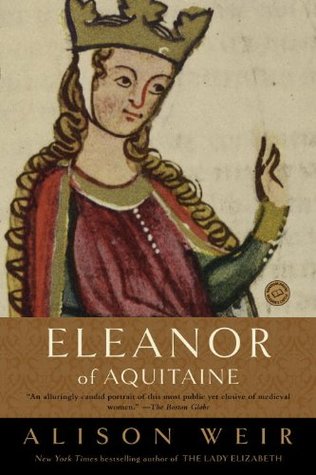
Marie Antoinette: The Journey
Book Description
A gilded cage holds a queen torn between opulence and rebellion. Marie Antoinette navigates the treacherous waters of the French court, where whispers of revolution grow louder and alliances shift like shadows. Secrets and scandals threaten her legacy as she grapples with the weight of a crumbling monarchy and the fierce devotion of her people. Fear and desire collide in a world where every choice could spell doom. Fraser's gripping portrait unveils the woman behind the crown, revealing the struggles that linger beneath the surface. Can a queen find her true self amid the chaos of a kingdom in turmoil?
Quick Book Summary
Antonia Fraser's "Marie Antoinette: The Journey" offers an insightful and humanizing portrait of France’s most enigmatic queen. Drawing on extensive research, Fraser dispels the myth of a frivolous, uncaring monarch and portrays Marie Antoinette as a complex woman, shaped by her upbringing in Vienna and thrust into the spectacle of Versailles at a young age. The book explores her struggles to carve a space within the rigid court, her evolving relationship with Louis XVI, and her efforts to adapt to both public adoration and ferocious criticism. As revolution erupts, Fraser examines Marie Antoinette’s courage, decisions under pressure, and unwavering sense of duty. Ultimately, the biography traces how her personal choices and the broader currents of history intertwined, painting a nuanced picture of a queen caught between private hardships and public turmoil, whose legacy remains fiercely debated.
Summary of Key Ideas
Table of Contents
From Austrian Archduchess to French Queen
Marie Antoinette’s journey began as the youngest daughter of Empress Maria Theresa of Austria. Groomed for royal life from childhood, she was sent to France at age fourteen to marry the Dauphin, Louis-Auguste. This political union aimed to consolidate an alliance between Austria and France but thrust the young Marie Antoinette into a foreign world with unfamiliar customs and immense expectations. Fraser carefully details the negotiations, anxieties, and cultural shocks experienced by the teenage archduchess as she navigated her transition, underscoring her vulnerabilities and the formidable challenges of assimilation into Europe’s most refined and scrutinized court.
Life in the Court of Versailles
At Versailles, Marie Antoinette found herself at the heart of a society obsessed with appearances, protocol, and intrigue. Fraser illuminates her attempts to resist and, at times, circumvent the suffocating routines of court life. Isolated by her Austrian heritage and plagued by gossip, she sought privacy at Petit Trianon and surrounded herself with a loyal inner circle. Yet her innocent pleasures and occasional escapism were often misconstrued as extravagance or political manipulation. The biography reveals the queen’s struggle to define her own identity and agency in a rigid environment that both idolized and condemned her.
The Human Behind the Myth
Fraser delves into Marie Antoinette’s personal growth and emotional depth, challenging the shallow caricatures of previous eras. The queen’s delayed consummation of her marriage, maternal devotion, and acts of kindness contrast sharply with her reputation for frivolity. Fraser portrays her as fundamentally compassionate yet at times politically naïve, highlighting her genuine efforts at charity, support for the arts, and attempts to influence policy—sometimes with mixed results. This humanization invites readers to re-examine the queen’s motivations, errors, and moments of resilience within a volatile context.
Revolution and Downfall
The outbreak of revolution transformed Marie Antoinette’s world, and Fraser charts her response to political catastrophe with meticulous detail. As the monarchy wavered and the queen became a lightning rod for public anger, she demonstrated both courage and tactical missteps. Her attempts at diplomacy, secret correspondence, and desperate plans for escape are portrayed alongside her steadily increasing isolation and hardships. The account does not shy from her controversial choices or their tragic consequences, but also recognizes the complex, often desperate calculations forced by circumstances beyond her control.
Legacy, Perception, and Historical Judgment
In the aftermath of her execution, Marie Antoinette’s legacy became a battleground for public memory and historical interpretation. Fraser analyzes how propaganda, gender biases, and social upheaval shaped perceptions of the queen, alternately vilifying her as a scapegoat or lionizing her as a martyr. By situating Marie Antoinette within her personal, political, and cultural milieus, Fraser urges readers to see beyond simplistic judgments. The biography closes by inviting reflection on both the enduring fascination with Marie Antoinette and the ways in which her life continues to resonate within broader questions of power, responsibility, and individual agency.
Download This Summary
Get a free PDF of this summary instantly — no email required.





